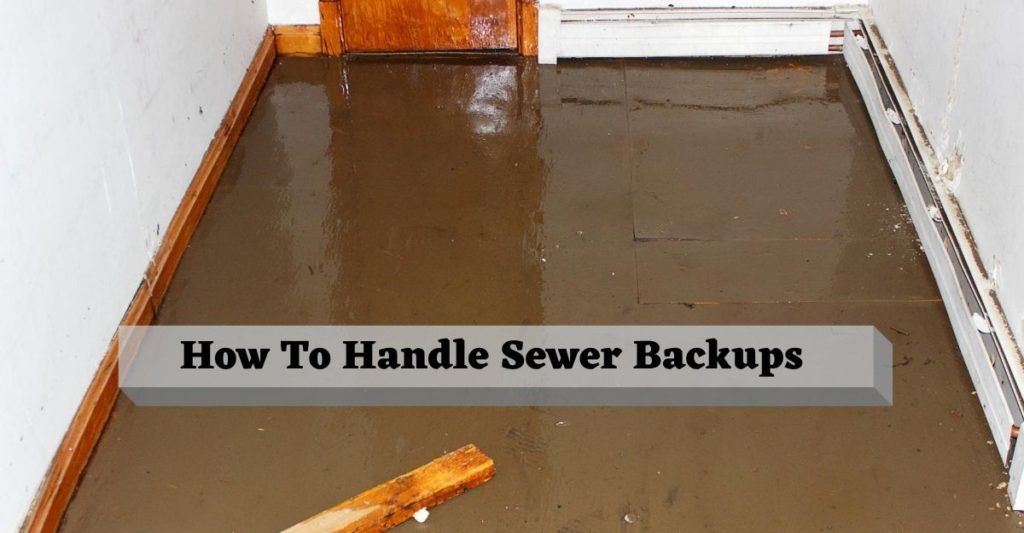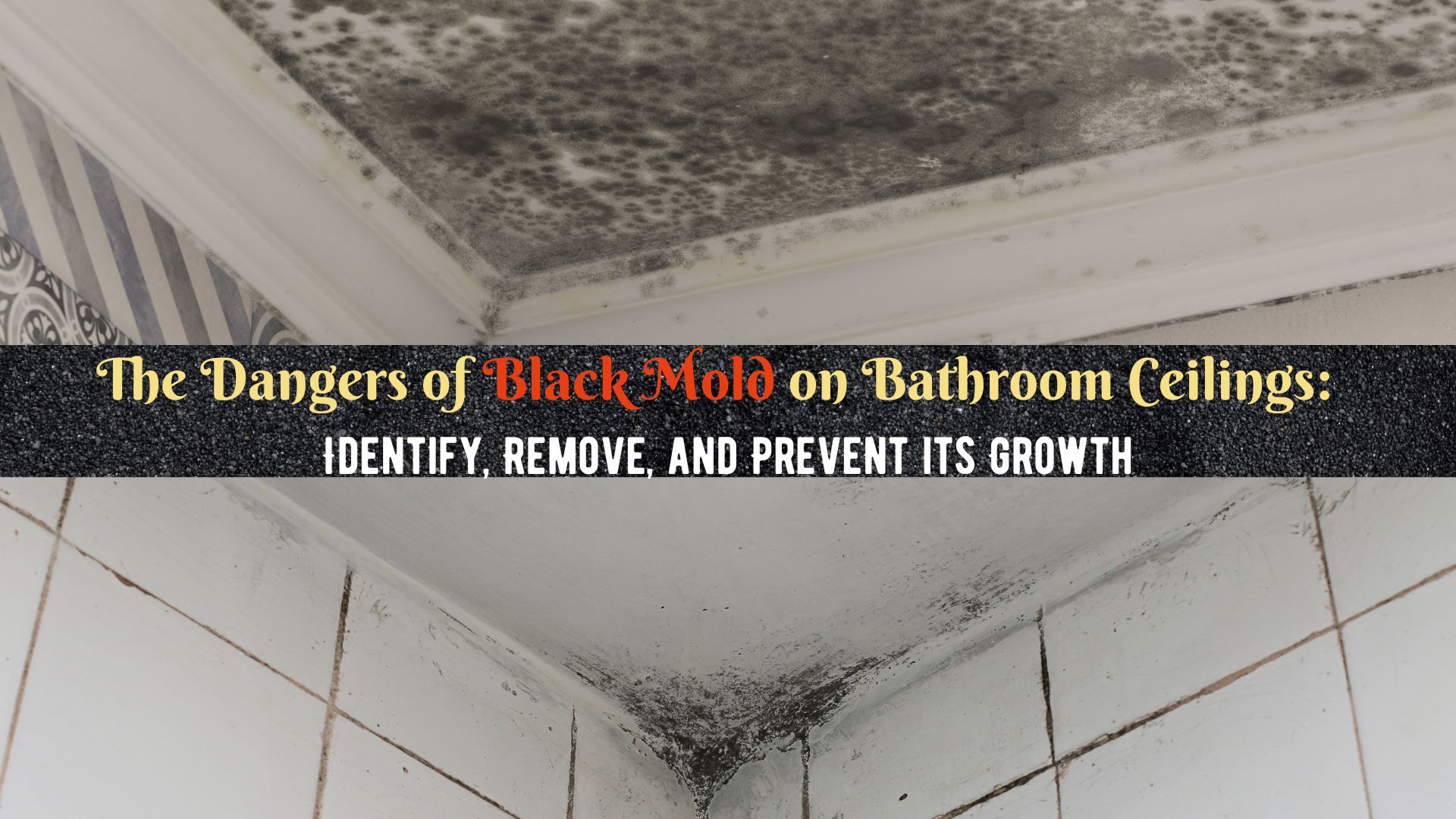
Sewer lines function to transport wastewater from your home’s washing machines, dishwashers, tubs, sinks, and toilets to the main sewer lines. If these lines are obstructed or there is a form of a clog, it can prevent water to flow freely to the drain pipes and can cause sewer backups.
Sewage water is extremely dangerous because it contains contaminants and viruses that can pose health risks to humans if exposed. Knowing what causes sewer backups is important to avoid this hazardous situation. Yet, in case this happens, you have a guide below on how to handle sewer backups and some tips on how to prevent sewage backups.
Sewer Backups: What are the causes?
- Old Sewer Lines – Older lines were mostly made of clay or iron which can last for an average of 30 years. This type of pipe can easily break down and crack and lead to sewage backup and flooded basements. Plastic pipes are commonly used nowadays.
- Clogging – Fats, oil, grease, and other “flushable” items can cause blockage to the sewer lines. Yet, there are two cases of clogged sewer lines. It can either be your home’s drain pipes or the city sanitary main sewer. If there is only one toilet that is creating a sewage backup, then it is your home’s drain pipe that is clogged. But, if all the toilets and even bathtubs are showing some signs of backflow, then the problem is with the main sewer line.
- The tree roots and shrubs that intertwine with your sewer lines can cause extensive damage and as they grow bigger. Even if the roots in your yard are not causing the problem, nearby tree roots can hit your sewer line and break it.
- Combined sewer lines from the municipalities can also cause water to back up. During heavy rain, when the city’s stormwater systems cannot handle a large amount of rainwater, it can cause the water to flow to the connected sewer lines. In this case, the water will eventually seep into your basement or into any low-lying drains.
Sewer Backups: What To Do?
Cleaning up sewer backups is not only challenging to do. But, exposure to sewage is extremely dangerous. The water involved contains contaminants that are harmful to humans. Thus, when dealing with sewage backup, it is best to call a professional restoration company. However, if you choose to brave the sewage water damage and mitigate the damage, you can do these steps:
1. Safety First
First and most important is your safety. Make sure that you are well-protected from contaminants. You will need rubber gloves, eye protection, and rubber boots. It is also best to know how you properly dispose of contaminated items. Seek advice from your local waste facility.
Furthermore, if necessary let family members and pets evacuate the area.
2. Shut Off the Electricity
Turn off the electrical power in the affected area. If the main breaker is in the basement or affected area, be extra cautious. Do not use or go near electrical devices as they can cause electrocution.
3. Shut Off the Water Supply
Look for the main water line of your home and shut it off. You can find the main shutoff valve in these areas; a wall near your house, beside or near the water heater, inside your garage, or outside, near the street.
4. Remove Standing Water
Time is of the essence when dealing with sewage water damage. The quicker you take action, the higher the chances of salvaging affected belongings. Remove standing water or sewage using a sump pump and a wet-dry vacuum. An ordinary pump may work fine for a small amount of water. But if you have to deal with a large volume of water, you may need to use a sewage pump.
5. Dry Out The Affected Area
Use dehumidifiers or turn on your air conditioner to dry out things. If they are not available, you may turn on fans and open windows and doors to allow fresh air in and for proper air circulation of the room.
6. Discard Or Move Items
Personal belongings that have been saturated in wastewater need to be discarded. This includes carpets, rugs, and furniture. In the case of important paper, documents, photos, and books seal them in a plastic bag and place them in a freezer.
Move items that may look salvageable in a safe and dry area, better outside, and on a plastic barrier.
7. Sanitize The Area
Sanitizing the affected area helps reduce mold growth. You may use any bactericidal disinfectant like bleach/water solution. Mop and wipe down all contaminated surfaces like drywall, ceilings, and floors. Then, wash these surfaces with a good detergent and clean water.
8. Dry Out Your Home
Let everything dry out. Set up fans and dehumidifiers to reduce the drying time. Open windows and doors if it is not humid outside.
How To Prevent Sewer Backups
- Never pour grease down the drain. When the grease cools down, it will harden and can constrict sewer lines and eventually lead to clogging. Dispose of grease properly by pouring it into a heat-resistant container and throwing it in a trash can after it cools off.
- Dispose of paper products appropriately. Disposal of diapers, feminine products, hygienic wipes, and paper towels down the drain can cause blockage to the sewer lines. Throw these products in the trash so you can keep yourself from having a great deal of trouble due to sewage backup.
- Cut tree roots occasionally if it is still growing in your sewer lateral.
- Moreover, replace your sewer lines with a plastic pipe to prevent tree roots from damaging your sewer line.
- Install a backwater valve. This fixture allows water from your toilet, sink, and bathtubs out of your home. This also helps prevent sewage to back up into your home.
Professional Sewage Cleanup By Superior Restoration
Should misfortune come your way and you have to deal with sewer backups or sewage water damage, trust Superior Restoration. Cleaning up water damage with contaminated water yourself can be very risky. Contact Superior Restoration to help you deal with this situation.
At Superior Restoration, we offer emergency cleanup and water damage restoration services. Contact our local office today, Water Damage Corona.




